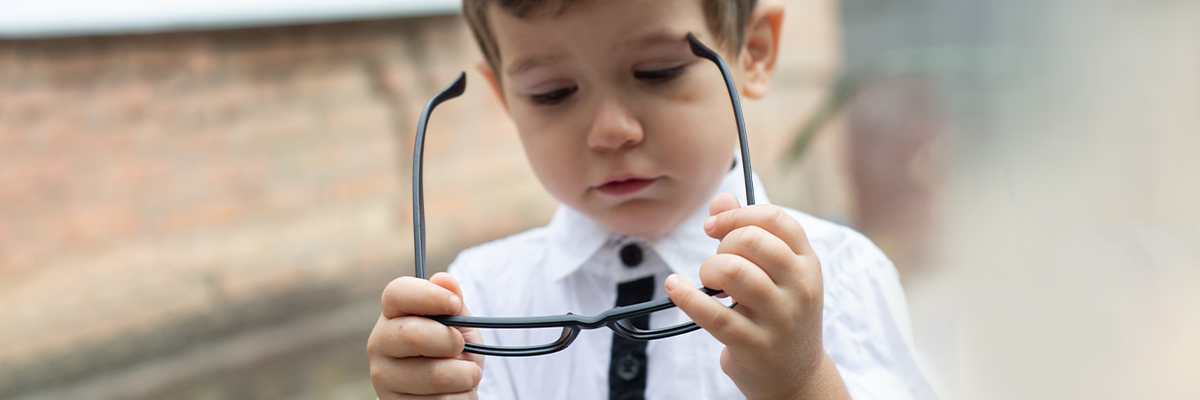You are now being directed to a third party website. Please note that this website is for convenience of the user. spectacularkids is not collecting, storing, or accessing any personal data of the user, and all the information collected, stored, and accessed herein is with the third party https://myeyedoctor.in/ website. You expressly consent to share all your details with https://myeyedoctor.in/

"When Should the Treatment for Myopia be Initiated?
"
Myopia or shortsightedness is the commonest form of the refractive errors found in the world. It is more affecting the children of growing age especially teenager and adolescent, and progresses until the age of 20 years.1
Rising myopia cases is a global concern. WHO had estimated that by 2020 half of the world’s population will be myopic.2 Children having myopic parents have higher chances to develop myopia.1
Though myopia is not a dangerous condition it increases the risk of some serious conditions like vision threatening disorders later in life. In about 10 percent of people with myopia, the condition worsens in severity and poses risk of serious eye diseases in children.3
While there is no proven direct link, research suggests that children who spend more time indoors doing near-focused activities have higher rates of myopia than those who spend more time outdoors.4
Myopia cannot be reversed, the goal of treatment is to keep it from getting worse and protect eye health though corrective measures.4
There is a term called Progressive Myopia which is a type of myopia that typically affects children and teens. Myopia in which the correction to clear vision increases over time periods less than one year.5
Some risk factors are considered which affect development and progression of myopia like6
Genetic factors- strong evidence has been found that myopic parents have higher chance of a child being myopic.
Earlier the better -The American Optometric Association recommends comprehensive eye exams to catch vision problems early when they can be more easily controlled. It is recommended that parents should get 1st eye check-up of their babies done before 1 year and more so if there is a family history of vision problem.4
Myopia generally worsens through the teenage years, and stabilizes till adulthood. Therefore, for optimal results, it is best to begin myopia management in the teenage years or as soon as possible.4
The earlier a child becomes myopic, the faster the rate at which their prescription will continue to worsen. Therefore, starting myopia management early, when the myopia is still mild, will have the biggest impact on slowing myopia progression.
How is myopia treated?4
Glasses or contact lenses can correct myopia. Once child grows to adulthood surgical options can be thought of after consulting your doctor.
Eyeglasses are the most popular way used for correction of myopia.
Contact lenses – it is a myth that contact lenses cannot be suggested for children. But with proper parental guidance and hygienic habits and proper training to handle lenses, children can comfortably wear contact lenses.
Ortho-k or CRT. Some people with mild myopia may be candidates for temporary corneal refractive contact lenses reshape the cornea temporarily
LASIK and LASEK are laser-assisted surgeries to correct nearsightedness in which cornea is reshaped.
PRK (photorefractive keratectomy) - is a type of laser eye surgery used to correct mild or moderate nearsightedness.
Vision therapy is an option if myopia is caused by spasms of eye muscle which help in focusing.These muscles can be strengthened through exercise and focus can be improved.
How can you prevent myopia from getting worse?
Though there’s no cure for myopia, there are everyday steps you can take that can support your overall eye health and limit progression of myopia and limit activites causing eye strain. Here are some tips for better vision.1